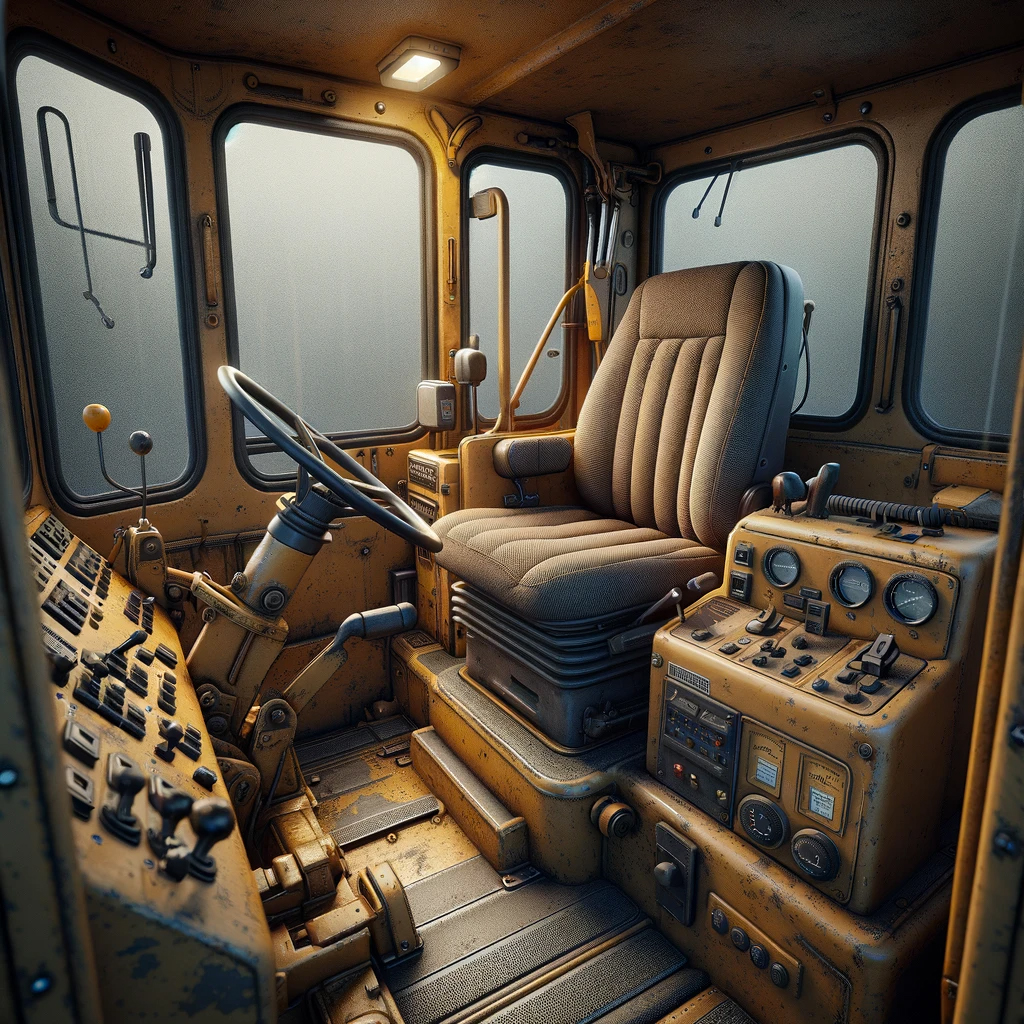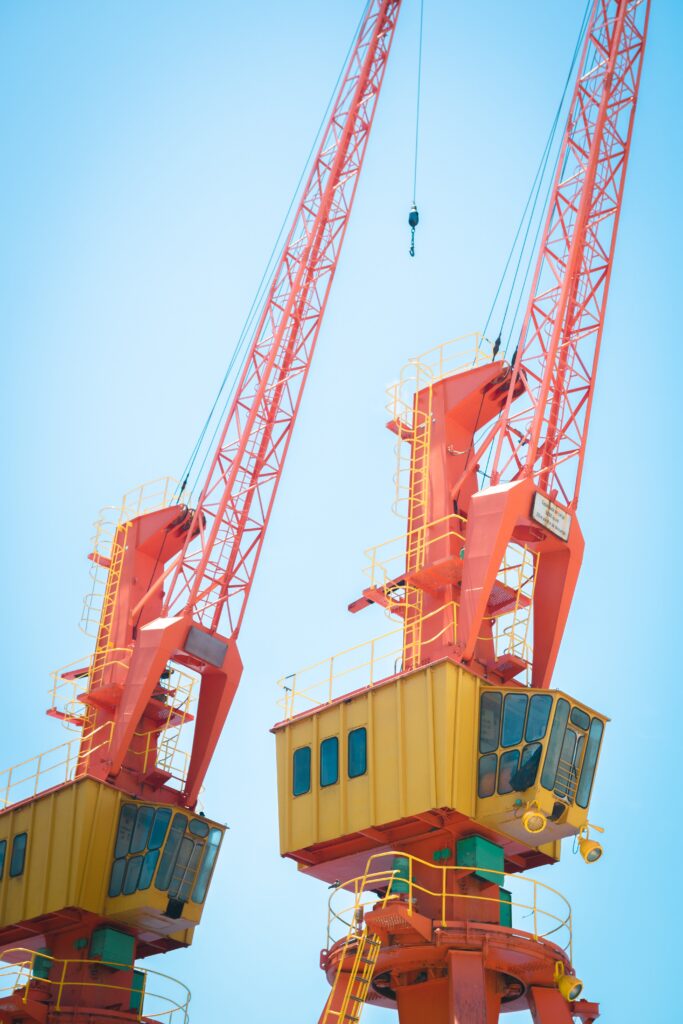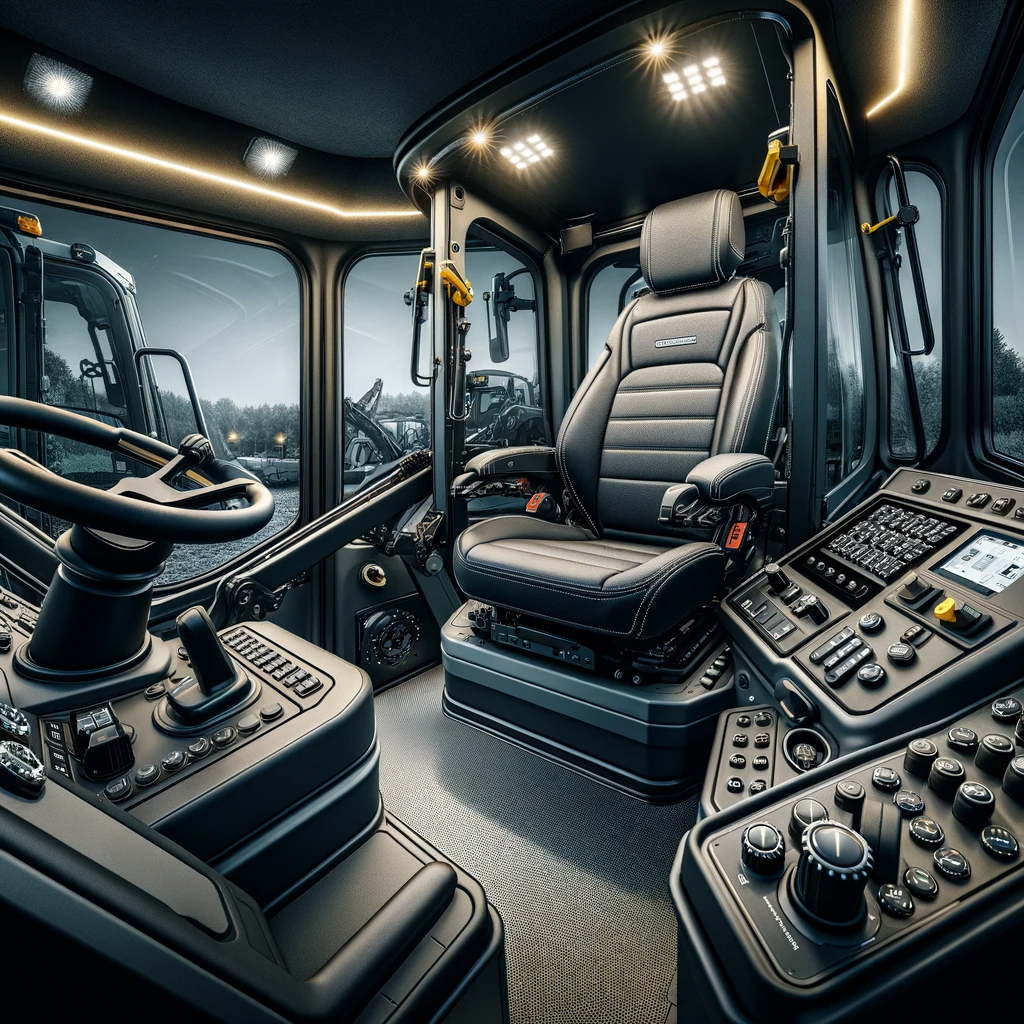In an era where technology rapidly reshapes our daily lives, a similar revolution is unfolding in the cabins used in the industrial heavy machinery space. These operator environments, which were once dominated by manual controls and basic displays, are evolving into sophisticated hubs of digital interaction and ergonomic design and the adoption of advanced technologies. This article delves into what are the major trends in the industrial heavy machinery (IHM) industry and how they are impacting the cabin designs of the future.
Electrification and Alternate Fuels
IHM manufacturers are rapidly embracing electrified and alternative fuel technologies such as hydrogen and hybrid engines. These advanced systems are complex, with numerous sensors to ensure maximum performance and precision. Hence, the machines demand more computing power and better connectivity to oversee the operations. As the computing power and connectivity improve, the vehicle will produce a vast amount of data.
So, the real challenge is managing the humungous amount of data. Smart decisions are being made on what data to be processed on the machine and what data in the back-room offices. The adoption of machine learning algorithms with artificial intelligence is used to process this data, which is intelligently and contextually relayed to operators to improve productivity and efficiency. The goal is to create smarter, more adaptable cab environments that make full use of this data, providing new levels of insight into the operation itself and machine productivity, health, and maintenance requirements.
For example – Caterpillar launched next-gen cabins for the mining trucks. The newly designed cabin will include several automation features to enhance operator efficiency. Integrated electronics in these cabins boost data analytics and diagnostic capabilities, which will help in maintenance and operation. Furthermore, the design focuses on reducing operator fatigue and increasing comfort, with features such as adjustable consoles, increased legroom, temperature-controlled systems, and advanced filtration.
Generational Shift in Operators
The generational transition in the workforce is also influencing cabin design. This generation of operators has grown up with gaming systems, tablets, and smart devices and has driven passenger vehicles such as cars and pickups that are designed to keep the driver experience and comfort in mind. The expectation of this new generation of operators is similar on their IHMs as well. For IHM users such as mines or construction sites, attracting new talent, bridging the gap is crucial. This means moving away from traditional cabins, which often lack ergonomic and interactive features the next generation relies on, and these are the new requirements that are driving the IHM Manufacturers.
The challenge for the OEMs is to adapt with the generation and provide technologically superior and user-friendly cabin design. By incorporating multiple screens and haptic controls, next-gen cabins are designed to mimic the high-tech environments that younger operators are familiar with. Such cabins use software to streamline communication while anticipating operator inputs and modifying equipment responses to enhance the performance of the machine. This transition is characterized by a shift from traditional analog to modern digital displays and includes the integration of sophisticated driver-assistance systems (ADAS), marking a significant evolution in cabin design and functionality.

Operator Comfort and Safety
A major focus is on improving operator comfort over time. Innovative solutions are now being developed to customize environments according to the needs of the operators. Ambient enhancements, such as active noise cancellation and purified air systems, are also considered in the design of the cabin.
Several OEMs are now really getting on board with these new trends, making them a key part of their cabin designs. One such example is below:
Case Study – Within the Indian market, owning a backhoe loader is considered a family affair. Operators sometimes need to travel for weeks to work on construction projects. One of the prominent Indian OEMs sought to improve the overall comfort level for these operators and approached Tata Technologies for a solution. In response, Tata Technologies designed a cabin big enough for the operator to sleep in. Additionally, Tata Technologies was responsible for the comprehensive development of the backhoe loader, from its initial concept to its completion. This backhoe loader when launched in the market, resulted in a 120% increase in sales.
Emergence of Next-Gen Technologies
Controlling heavy machinery with wearable devices like augmented reality (AR/VR) glasses or haptic feedback has the potential to revolutionize industrial heavy machinery (IHM) operations. One such example is a remote control cabin in the construction industry. It is emphasizing safety, efficiency, cost-effectiveness, and modernizing the working conditions for operators. As the adoption of these technologies becomes more prevalent, the cabin design is also evolving to accommodate the changes. Cabins are being redesigned to integrate control systems for remotely operated and semi-autonomous machines.
As per recent industry reports,
- More than half of construction companies are now incorporating remote control operations in their projects.
- The introduction of remote-control technology has led to a significant 25% boost in productivity within the construction sector.
- Projects that employ remote control operations have seen a notable 40% decrease in accidents and injuries.

Adaptive Display Systems
As machines are becoming technologically advanced, incorporating adaptive display systems in the cabins of modern heavy machinery could significantly enhance the user experience and improve operational efficiency. These displays intelligently adapt to the operator’s specific tasks, providing crucial information which in turn helps in an increase in efficiency. They do this by seamlessly integrating data received over telematics from the back offices and the data residing on the machine to intelligently create an information system that provides contextualized information for the operation that is being conducted. Moreover, these displays integrate real-time environmental data from camera systems, Radars, Lidars and other sensors to provide a holistic view of the working environment with the right guidance, ensuring operators are always aware of their surroundings and making the right decisions. These advancements are part of a broader trend towards digitalization in heavy machinery, aiming to make operations more intuitive and aligned with the technological proficiency of today’s workforce.
Redesign and Standardization
The IHM industry is embracing a shift towards standardized cabin designs to streamline production and reduce costs. Instead of having multiple SKUs of cabs designed for different machine models and product lines, companies are now focusing on creating a few adaptable cabin designs. This approach not only cuts down on R&D expenses but also ensures that these universal cabins are equipped with the latest ergonomic and technological features, like adaptive display systems, autonomous systems, etc. to enhance operator experience.
Case Study – Tata Technologies worked with a leading IHM OEM on a groundbreaking project. The challenge was to simplify the complex array of seventeen different cabin designs used across various models. Tata Technologies, with its expertise, successfully streamlined these into just two standardized cabins. This innovative approach not only reduced manufacturing complexities and costs but also maintained high standards in operator comfort and cabin functionality. The implementation of these standardized cabins led to a leaner production line, proving the effectiveness of this smart standardization strategy in the IHM space.

Conclusion
In conclusion, the cabins of heavy construction, mining, and agricultural machinery are undergoing a significant transformation, aligning more closely with advanced technology and ergonomic design found in consumer electronics. This evolution is characterized by the use of intelligent, interactive interfaces and reconfigurable environments that reflect the preferences of a digitally savvy generation. As the industry moves toward greater automation and smart cabin designs, the emphasis is on creating operator environments that are both highly efficient and user-friendly, bridging the gap between traditional machinery and the modern digital world.


Article contributors:
- Dr. Sreyas Vidyasagar, Vice President and Global Head – Industrial Heavy Machinery Practice, Tata Technologies
- Vikrant Tambolkar, Market Research Specialist, Tata Technologies
Read the full article here










